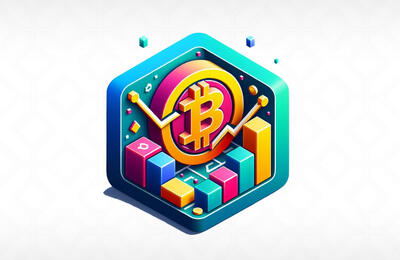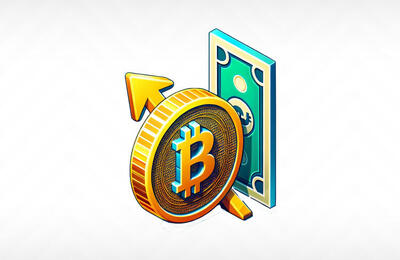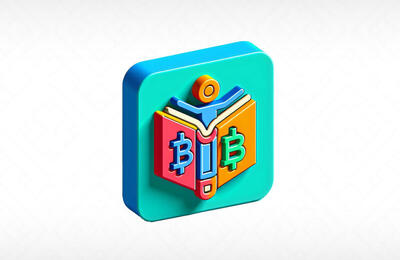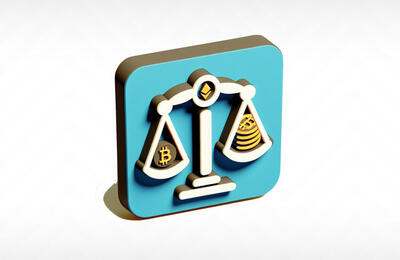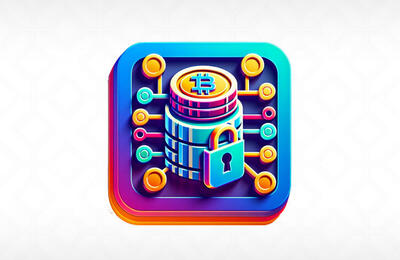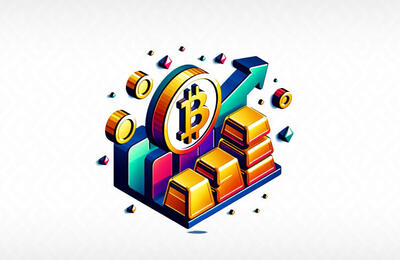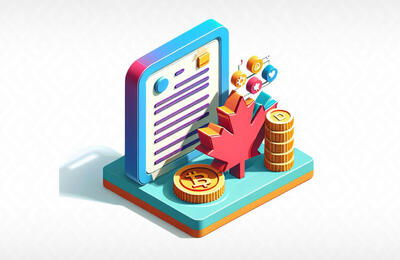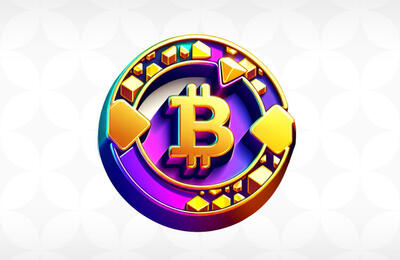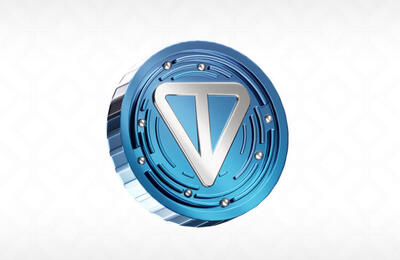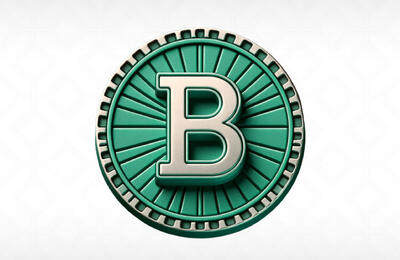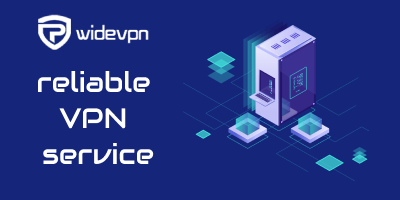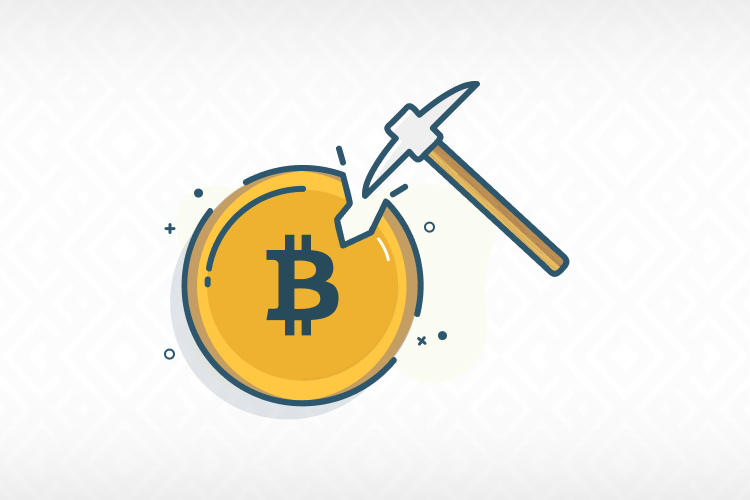
Bitcoin is a cryptocurrency and payment system released to the public by Satoshi Nakamoto in January 2009. Bitcoin relies on a network of nodes that verify and record every transaction in a distributed ledger called a blockchain. This process of verifying and adding transactions to blocks which are then added to the blockchain is called Bitcoin mining. Miners contribute the processing power of their computers to complete these tasks; in return for their services, they are rewarded with newly minted bitcoins. We will now explain Bitcoin mining in more detail.
What Is Bitcoin Mining?
Bitcoin mining is the process of minting new BTC as rewards for miners verifying transactions. The reward for a new transaction block being completed and added to the blockchain halves every 210,000 blocks (approximately every four years). The current reward sits at 6.25 BTC per added block.
The mining process amounts to solving a complex mathematical problem with a 64-digit solution, and it requires a lot of processing power to complete. That’s part of the reason mining is becoming less and less profitable for individuals, as they can’t afford to build the enormous graphics card rigs wealthy investors can, primarily due to the mining-related shortage of chips used for making these cards.
How Does Bitcoin Mining Work?
Miners are responsible for solving the aforementioned complex mathematical problems, while the entire network of miners is responsible for verifying the transactions and including them in a new block. This process ensures the safety of the Bitcoin network and all its transactions, as the majority of nodes in the network must achieve consensus for a transaction to be verified.
The more computing power you can bring to bear, the greater your chances of solving the block and earning the Bitcoin reward. Unfortunately, this has now been leveraged by mining conglomerates who are pushing out smaller miners.
What Are Mining Pools?
Mining pools are groups of miners who work together to solve a block and share the rewards. This is a more efficient way of mining, as it allows miners to share their resources and increase their chances of solving the block. It also reduces reward volatility.
However, mining pools are not without risk, as they can be hacked. That is why it is crucial to choose a reputable mining pool with a good track record.
Pros of Bitcoin Mining
Bitcoin mining can be quite profitable, which is one of its major pros. Although it might be difficult to make a profit as a solo miner, it's still possible to join a mining pool and earn rewards, and there are multiple benefits miners get to enjoy. Here are some of them:
- Complete control over your crypto assets
- Access to new coins
- Lower fees
Cons of Bitcoin Mining
Bitcoin mining is not without its drawbacks. As more miners join the network, it becomes harder to solve the mathematical problem and earn the Bitcoin reward. Here are some of the risks of partaking in Bitcoin mining:
- Environmental damage due to extreme power consumption
- Pool centralization
- Individuals could use their processing power to manipulate the network
Bottom Line
Bitcoin mining is essential to the Bitcoin ecosystem, especially as not all Bitcoin tokens have yet been mined. Miners are generously rewarded for their efforts with transaction fees and newly created bitcoins. On the downside, there are plenty of risks to consider here, not least the damage you would be doing to the environment. Now that you know what Bitcoin mining is, and how it works, it’s time to weigh your options carefully.


